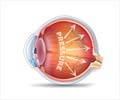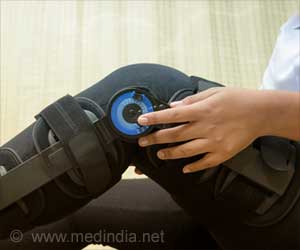Fresh perspective to explain glaucoma is fast emerging, and it is inducing brain-based treatment advances that could ultimately conquer the disease known as the `sneak thief of sight`.

But even when surgery or medication successfully lowers IOP, vision loss continues in some glaucoma patients. Also, some patients find it difficult to use eye drop medications as prescribed by their physicians. These significant shortcomings spurred researchers to look beyond IOP as a cause of glaucoma and focus of treatment.
The new research paradigm focuses on the damage that occurs in a type of nerve cell called retinal ganglion cells (RGCs), which are vital to the ability to see. These cells connect the eye to the brain through the optic nerve.
RGC-targeted glaucoma treatments now in clinical trials include: medications injected into the eye that deliver survival and growth factors to RGCs; medications known to be useful for stroke and Alzheimer's, such as cytidine-5-diphosphocholine; and electrical stimulation of RGCs, delivered via tiny electrodes implanted in contact lenses or other external devices. Human trials of stem cell therapies are in the planning stages.
"As researchers turn their attention to the mechanisms that cause retinal ganglion cells to degenerate and die, they are discovering ways to protect, enhance and even regenerate these vital cells," said Dr. Goldberg. "Understanding how to prevent damage and improve healthy function in these neurons may ultimately lead to sight-saving treatments for glaucoma and other degenerative eye diseases."
If this neurologically-based research succeeds, future glaucoma treatments may not only prevent glaucoma from stealing patients' eyesight, but may actually restore vision. Scientists also hope that their in-depth exploration of RGCs will help them determine what factors, such as genetics, make some people more vulnerable to glaucoma.
 MEDINDIA
MEDINDIA




 Email
Email










